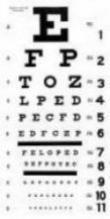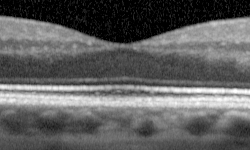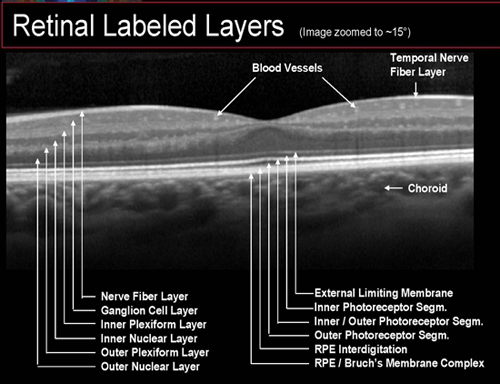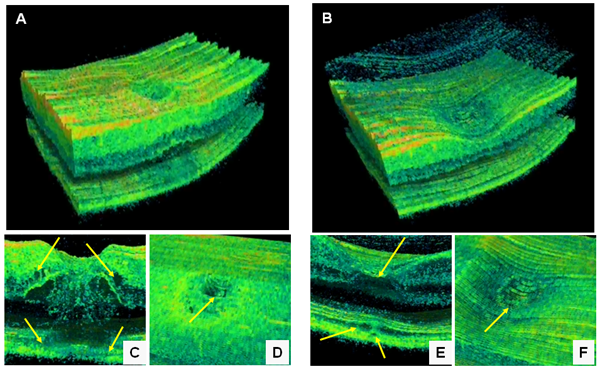



With OCT, EACH of the retina’s distinctive layers can be seen, allowing your Optometrist to map and measure their thickness. These measurements help with early
detection, diagnosis and treatment guidance for retinal diseases and
conditions, including age related macular degeneration and, diabetic eye diseases, among others.
In addition, OCT is often used to evaluate disorders of the optic nerve.
The optic nerve is made up of many nerve fibers and sends signals from
your retina to your brain, where these signals are interpreted as the
images you see. The OCT exam is helpful in determining changes to the
fibers of the optic nerve, such as those caused by glaucoma.
Optical coherence tomography (OCT) is useful in diagnosing many eye conditions, including:
• Macula holes
• Macula pucker
• Macula edema
• Age related macula degeneration;
• central serous retinopahty;
• Diabetic retinophathy;
• Preretinal membranes.
